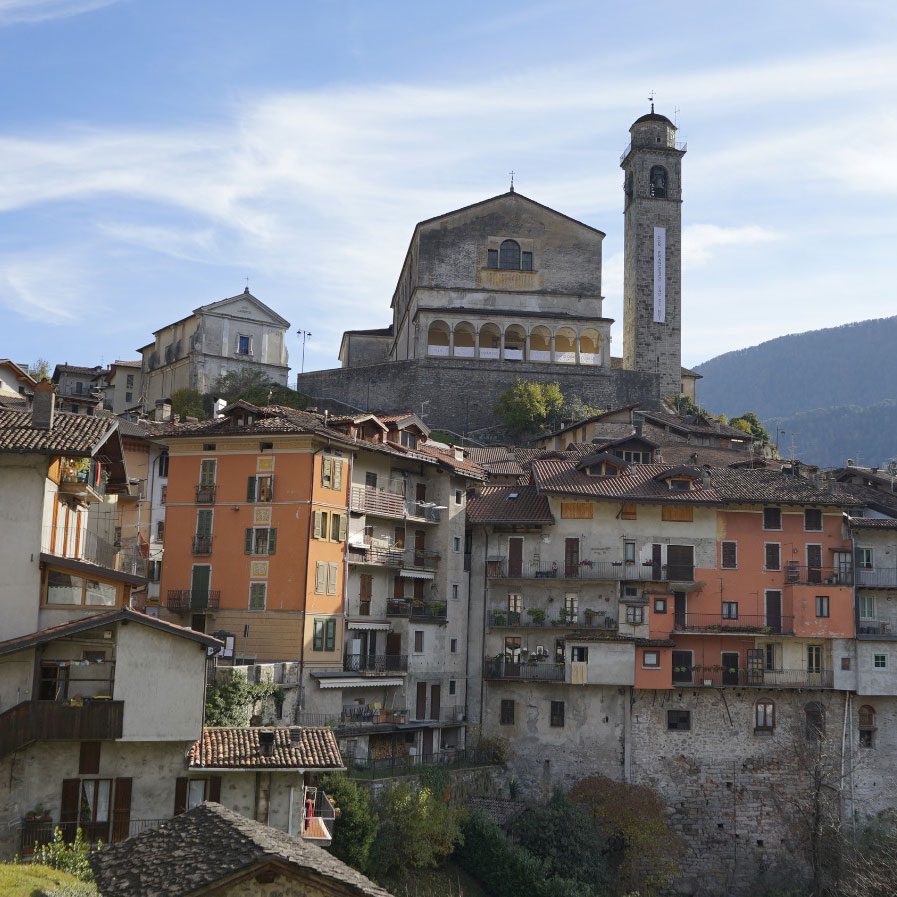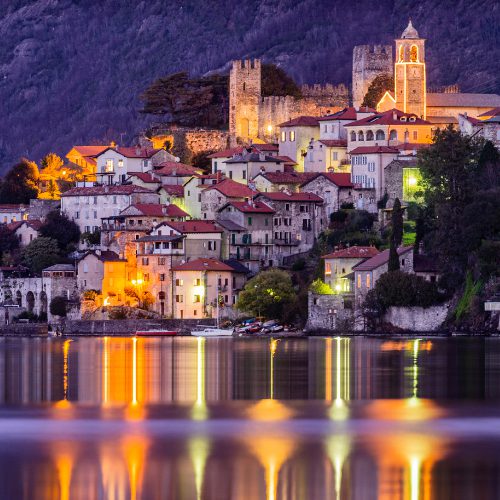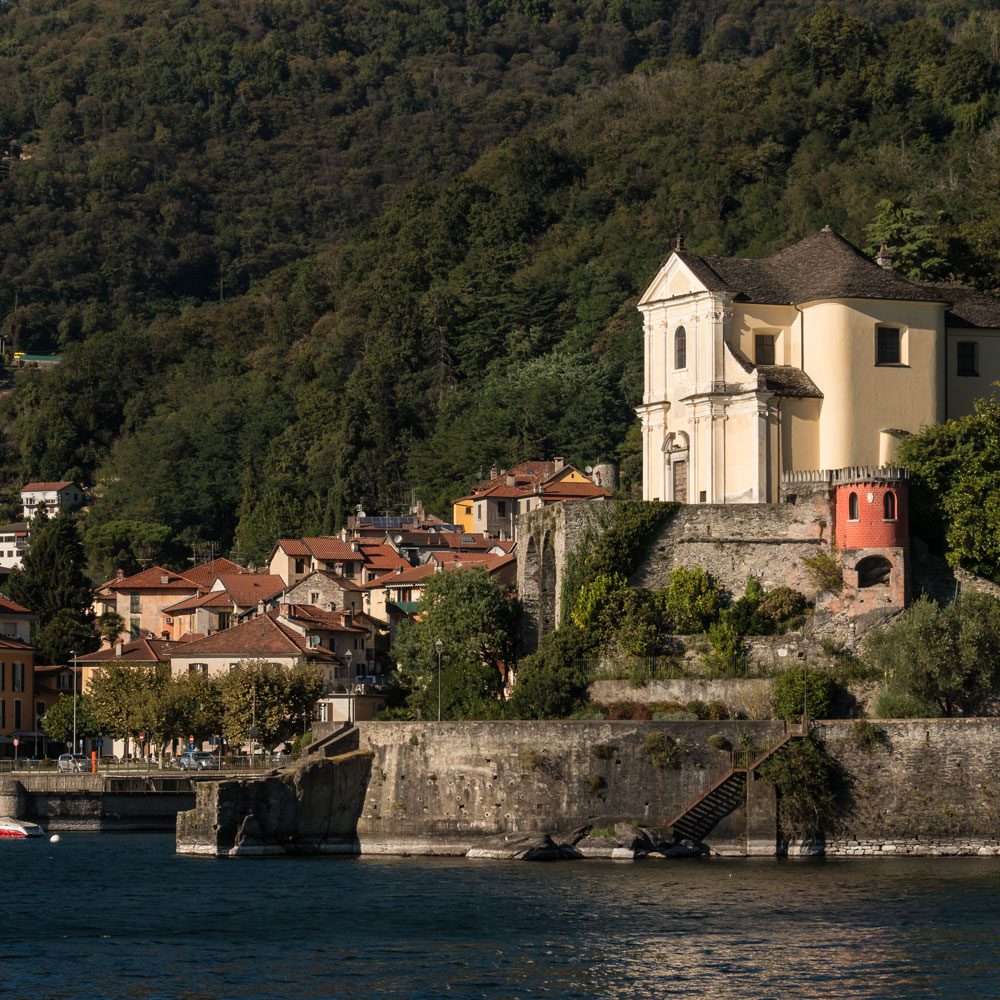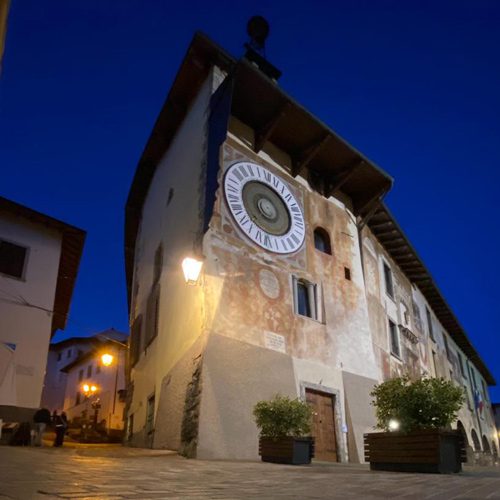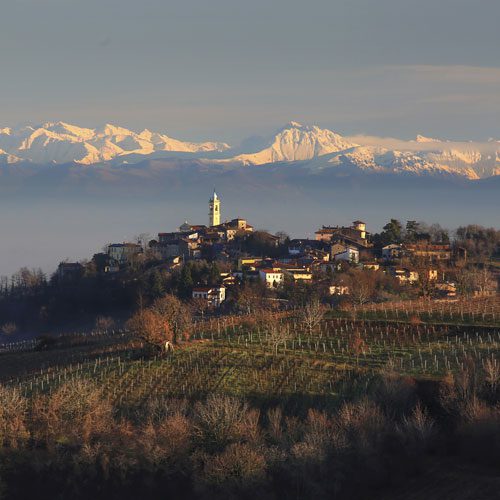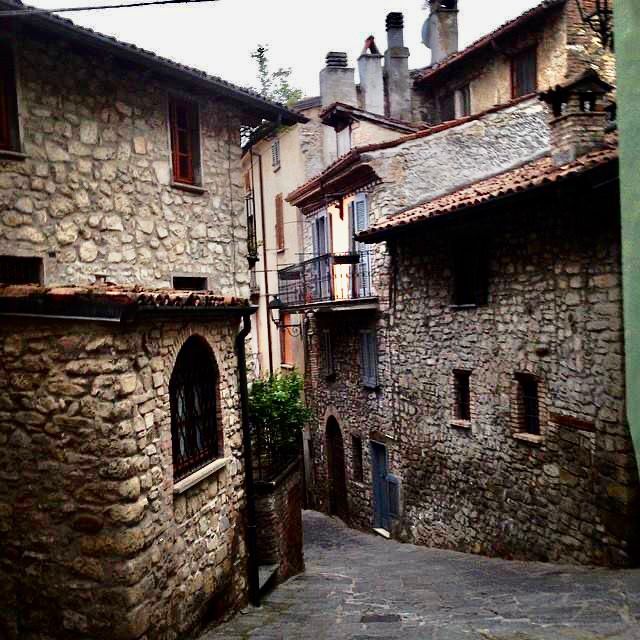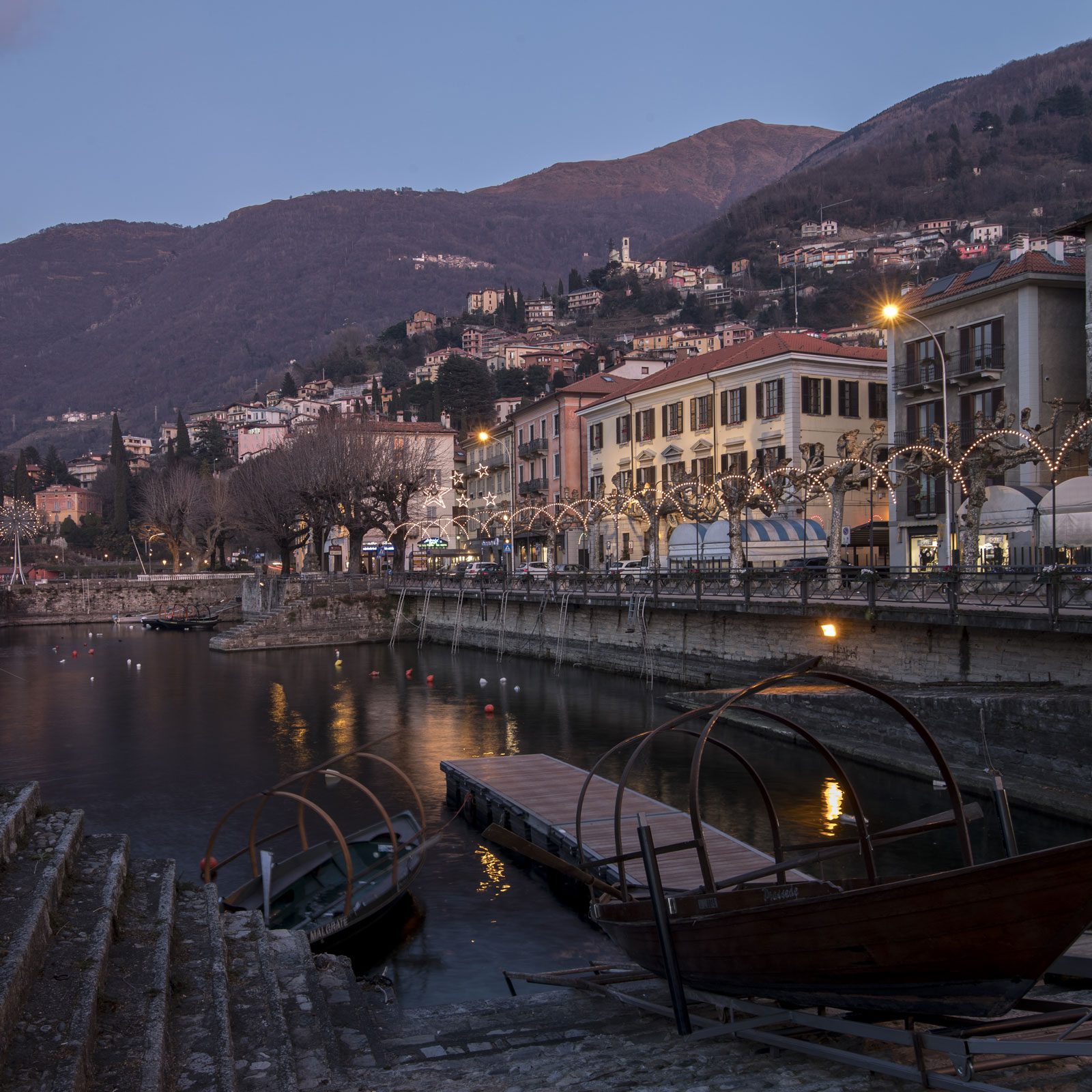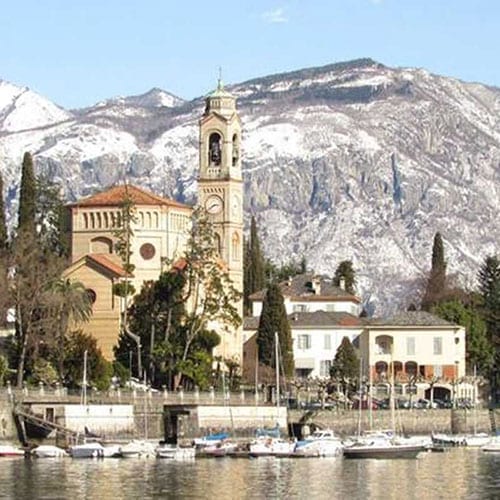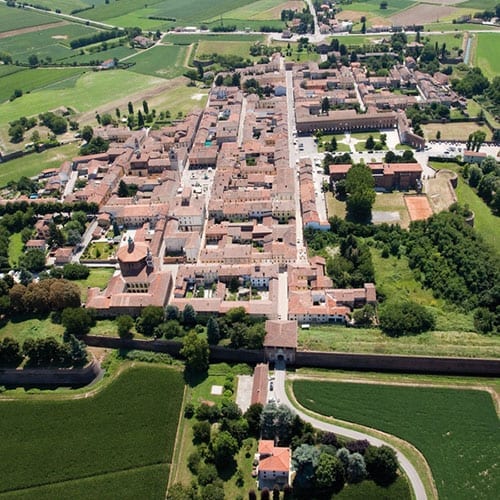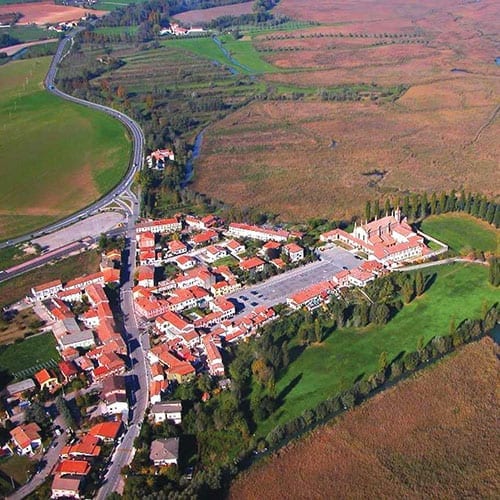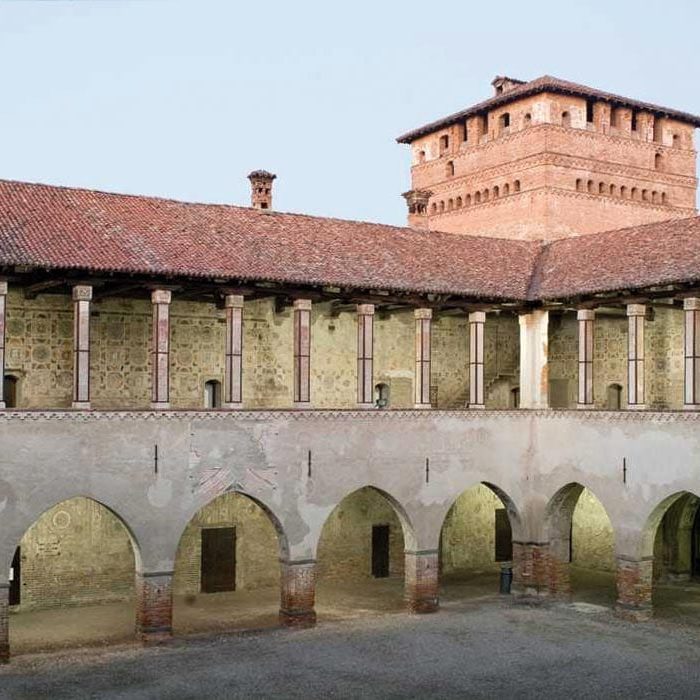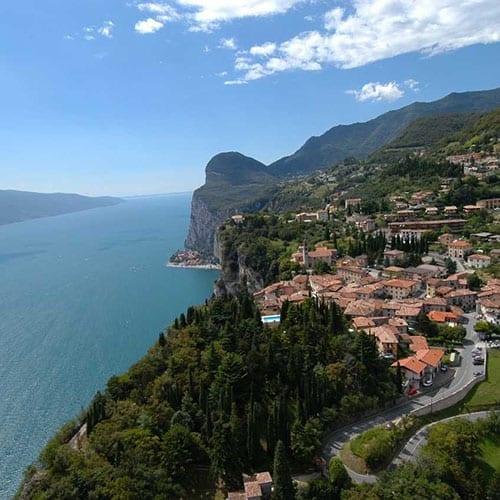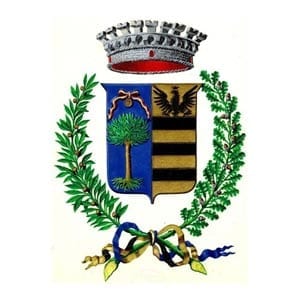 Gardone Riviera
Gardone Riviera
MUNICIPALITY OFgardone riviera
(Brescia District)
Altitude
mt. 65 – 1.100 a.s.l.
POPULATION
2660 (350 in the Borgo)
Patron SAINT
San Nicolò da Bari, December 6th
TOURIST INFORMATION
IAT Office, Gardone di Sotto –
Corso della Repubblica, 1 – Ph. 030.3748736
Iat.gardoneriviera@provincia.brescia.it
 The toponym is of Longobard origin: it comes from the Germanic warda (“place of guard”), with the same meaning as the late Latin garda, from which the Garda Lake takes its name. In Gardone Sopra there are traces of a castle with a chapel dedicated to San Michele, the archangel dear to the Lombards.
The toponym is of Longobard origin: it comes from the Germanic warda (“place of guard”), with the same meaning as the late Latin garda, from which the Garda Lake takes its name. In Gardone Sopra there are traces of a castle with a chapel dedicated to San Michele, the archangel dear to the Lombards.
The “Vittoriale degli Italiani” – donated to the Italian State in 1930 – is the last masterpiece by Gabriele D’ Annunzio. Every room in this monumental house-museum assumes a symbolic value, represented by the numerous objects that crowd the rooms, in particular those of the Prioria, his house. Decorated also with mottos, enigmatic phrases, literary quotations, the rooms are the result of D’ Annunzio creativity, “incomparable upholsterer” who wanted to “invent” the places where he lived. Also worth seeing are the statues donated by Ugo Riva. Il Vittoriale is an open-air theatre, which can accommodate 1,500 people and houses some prestigious prose festival, ballets, cabaret and music events every summer.
Wonderful parks with Mediterranean plants and essences surround the villas and hotels in Art Nouveau, Coppedé or Deco style. The Hruska Garden, belonging to the physician and botanist Arturo Hruska who collected more than 2,000 different specimens of plants, has become the Botanical Garden of the Andrè Heller Foundation since 1989. Austrian artist Andrè Heller is the owner of the exhibition, who transformed it into a place where art dialogues with ecology. In addition to the many specimens of plants, there are also installations and sculptures by well-known artists such as Keith Haring, Roy Lichtenstein, Auguste Rodin, Joan Mirò.
Local dishes are based on lake fish. Do not miss to taste the typical spiedo bresciano (spit made of rabbit, pork or chicken). Alternatively, polenta and osèi (birds).


